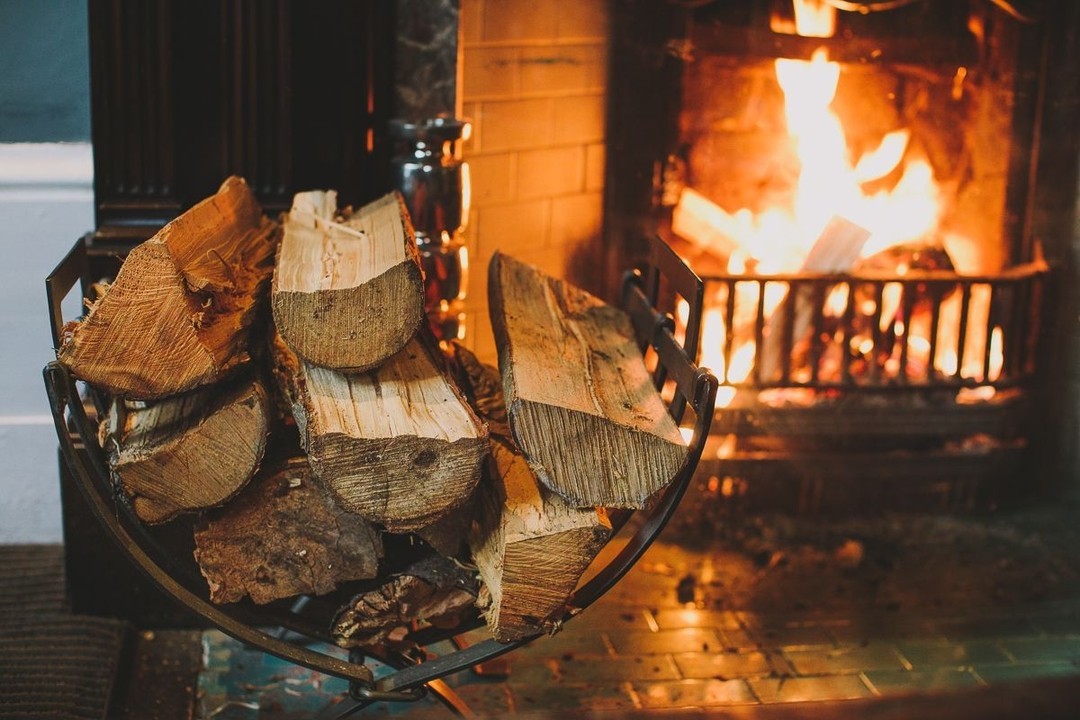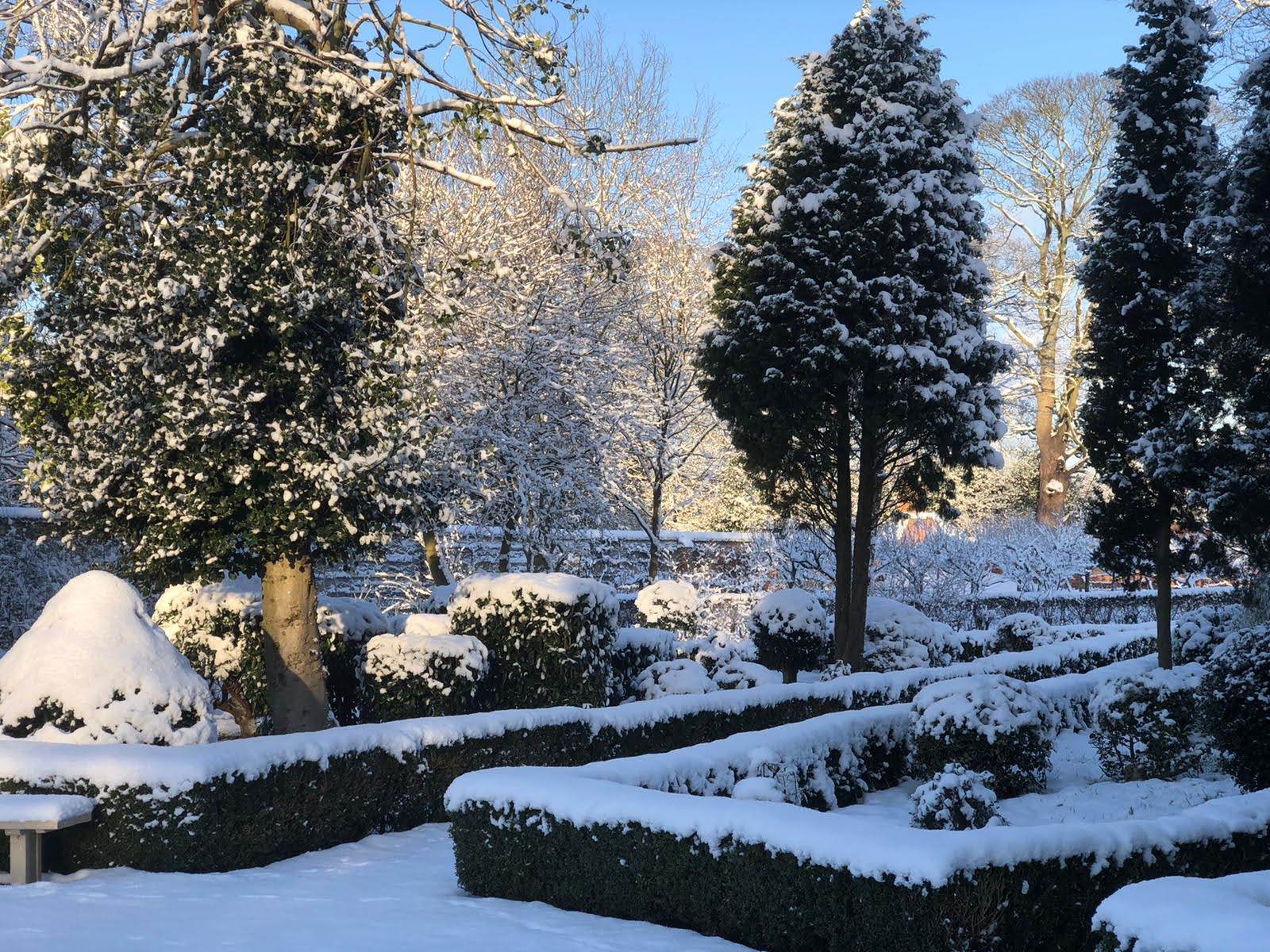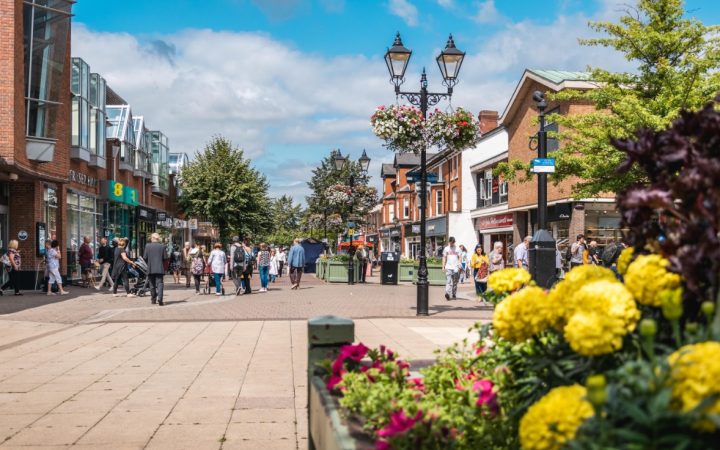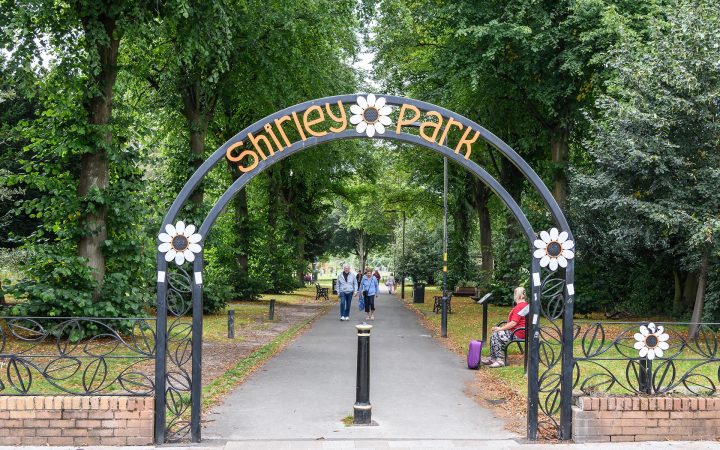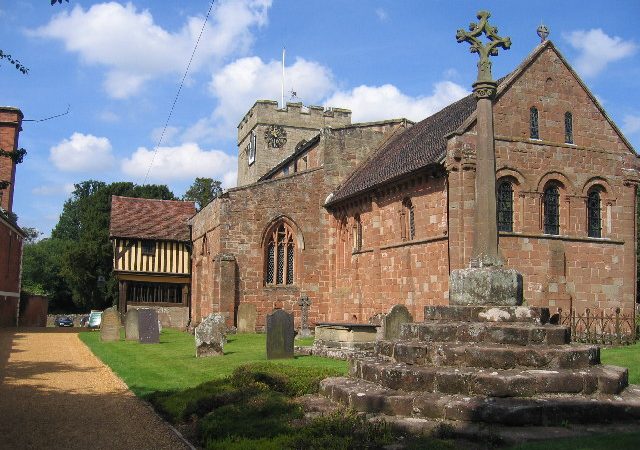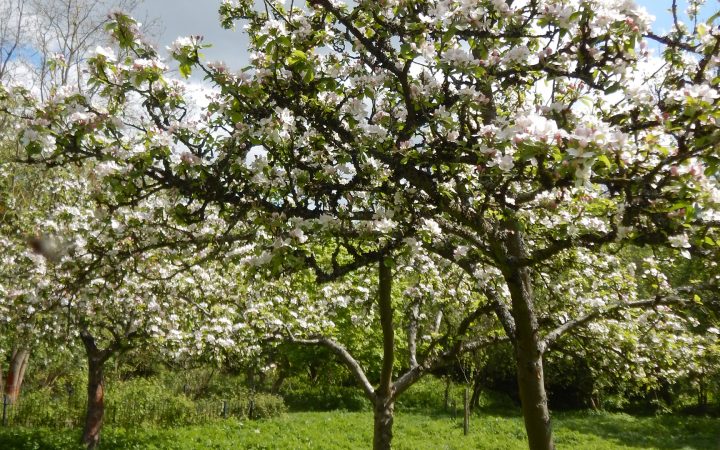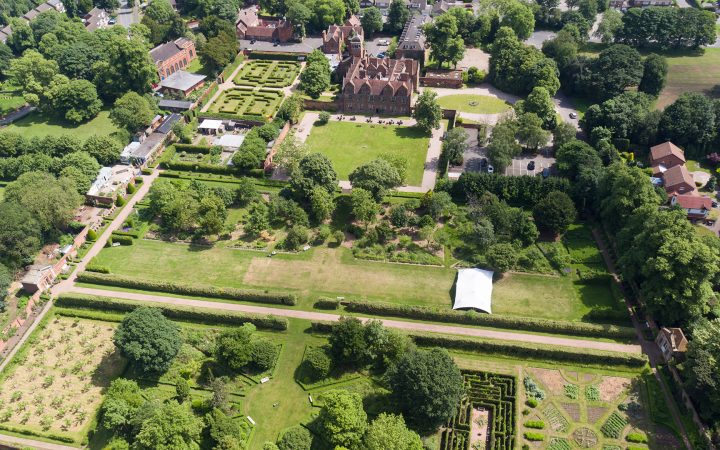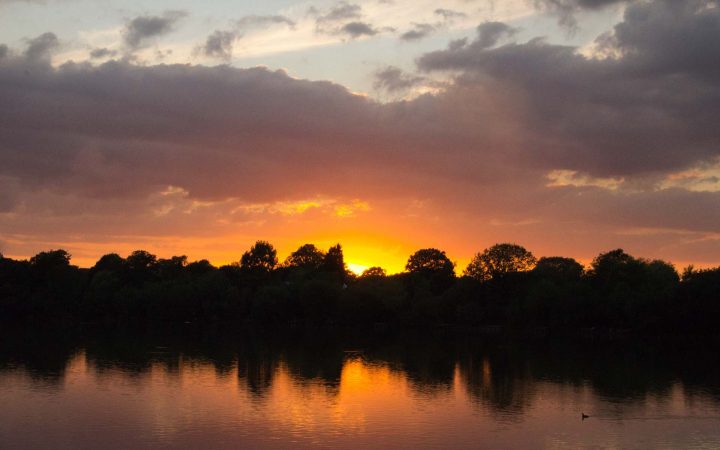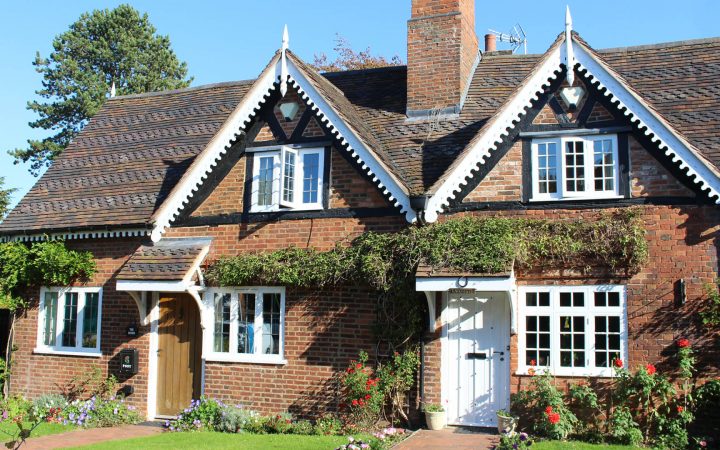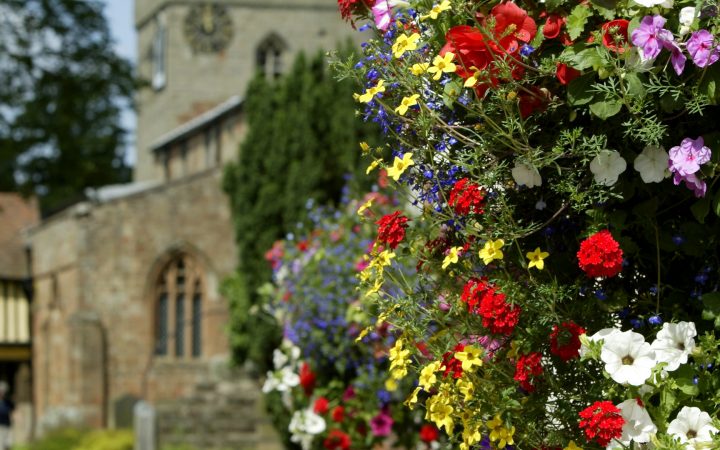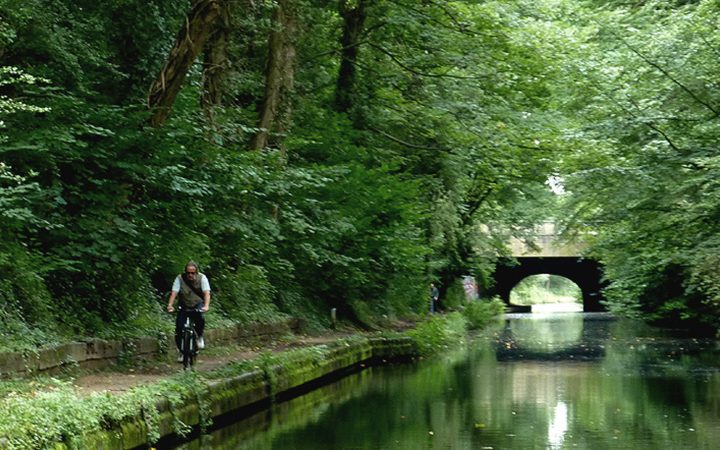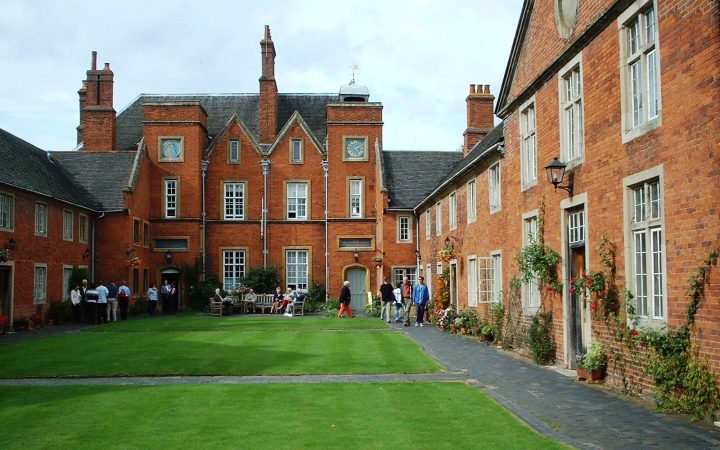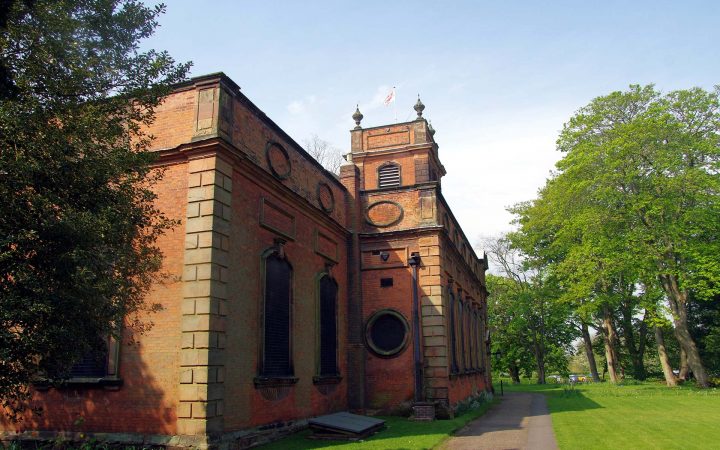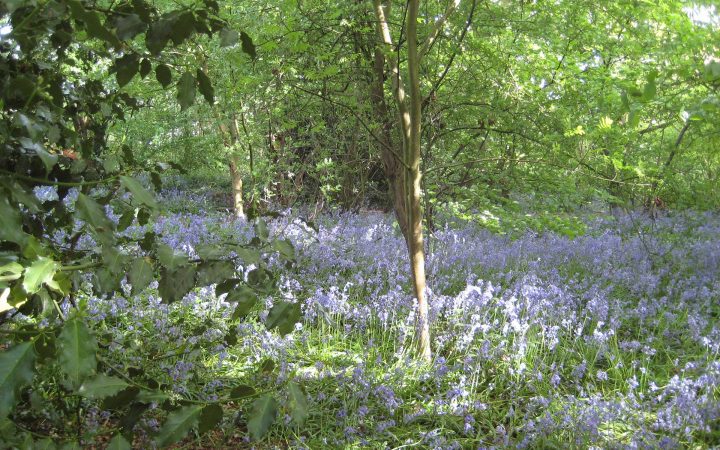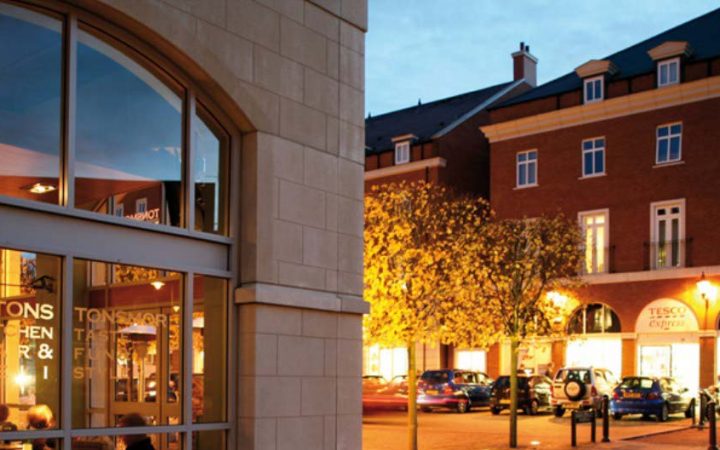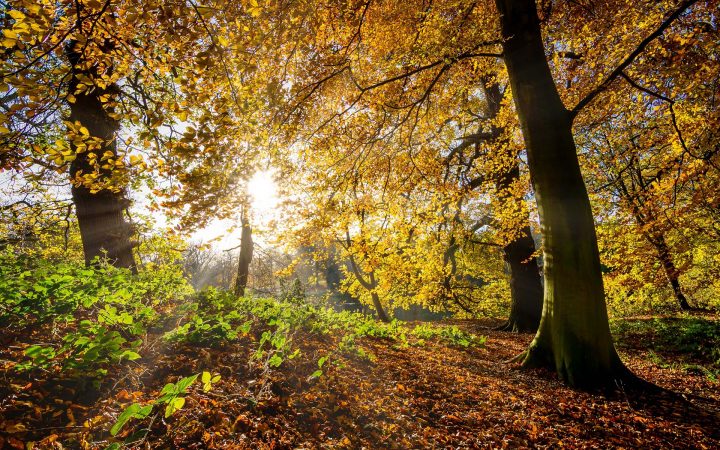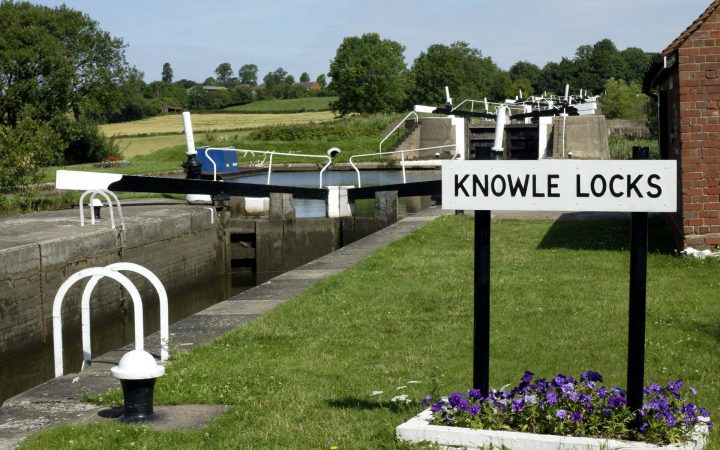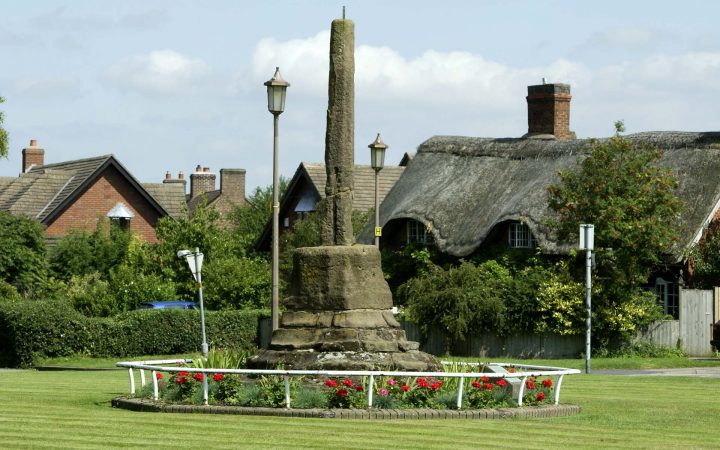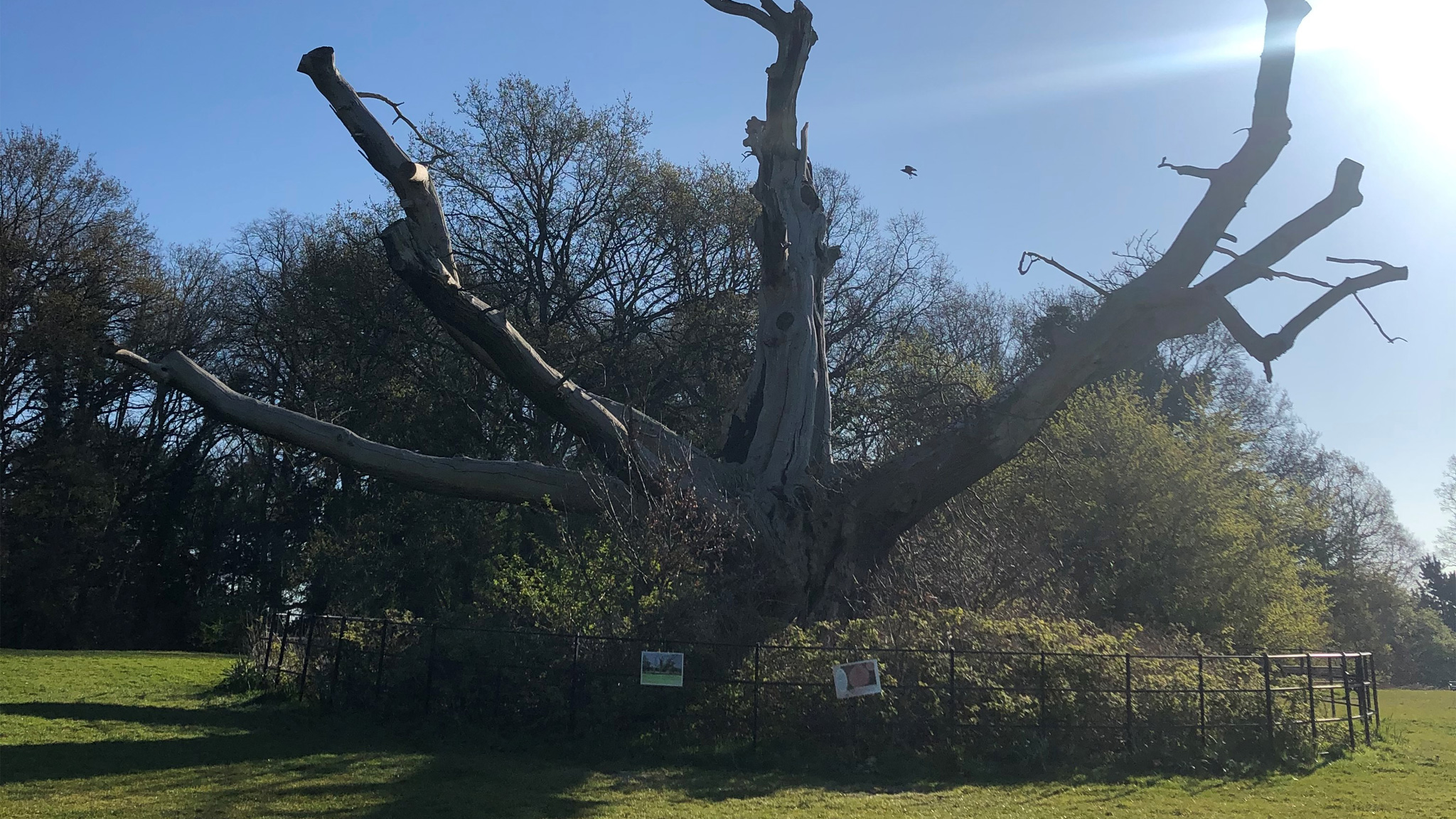
Urbs in Rure – Elmdon
‘Urbs in Rure’ is Solihull’s motto meaning ‘Town in the Country.’ With over 1,500 acres of parks and open spaces in Solihull, it’s easy to understand why this motto is so fitting for the borough.
What strikes as particularly fascinating is that the majority of these areas, that are right on our doorstep in the middle of the town and residential areas, are teeming with wildlife and heritage.
On the edge of Solihull is Elmdon Nature Park and Local Nature Reserve.
Adding a touch of the countryside to its urban setting, this once derelict site now offers a uniquely hilly landscape providing excellent views across the region. Managed by the Warwickshire Wildlife Trust, the Local Nature Reserve which sits on the remains of a walled garden is a joy to explore. Aside from the old walled garden, there is also a meadow, woodland and ponds. The woodland and park areas benefit from a wide variety of native trees and provide homes for many bird species. The woods themselves are split in two by a beautiful open parkland with 2 pools at the bottom of the hill. At the top of the hill is a small nature reserve with more pools and an old walled garden with diverse habitats for wildlife.
Not only that, the park itself is steeped in history. The parks heritage trail takes in history of both St Nicolas’ Church and Elmdon Hall.
St Nicolas’ Church Elmdon church is a grade II listed 18th-century rebuilding of a medieval church. It is well hidden in Elmdon Park among trees that were formerly part of the parkland of Elmdon Hall.
The construction of Elmdon Hall began in 1780 and was completed in 1795. In 1944 it was sold to Solihull Urban District Council and was used by the Home Guard during the war years. The building subsequently became derelict and was demolished in 1956. The land around the hall was home to golden fields, hay meadows and managed hedgerows, giving home to an abundance of wildlife.
Elmdon Park is also home to a beacon that was last kindled during the Queen’s Jubilee celebrations along with 4000 others throughout the UK and Commonwealth. Just down from there is a beautiful Sweet Chestnut tree, dated to 1518 using increment dating.
Edith Holden, an artist and amateur naturalist, noted the wildflowers of Elmdon Park in her diary, published in 1977 as the Country Diary of an Edwardian Lady. Elmdon Park is one area she mentions visiting on a number of occasions. And with there being so much to explore, you can understand why.
Explore Elmdon

